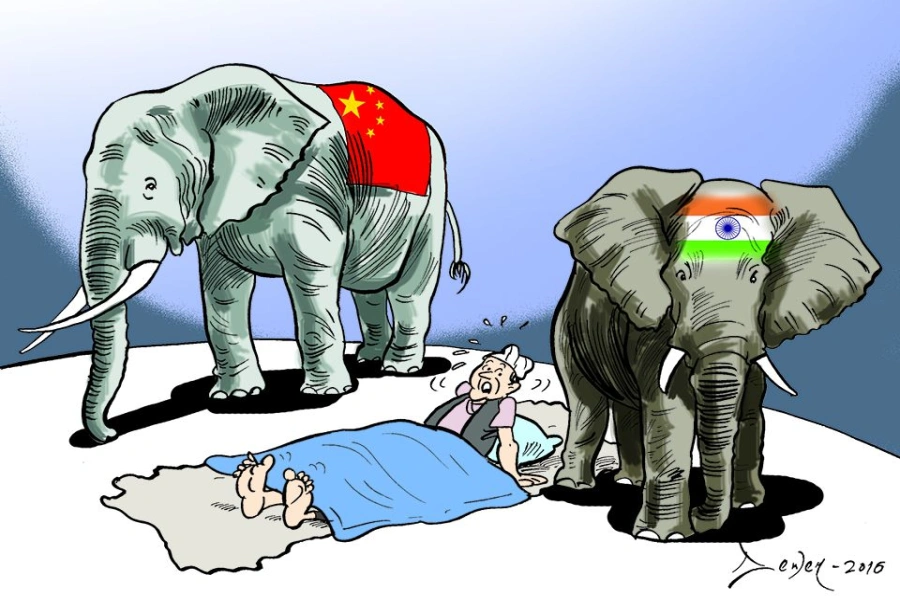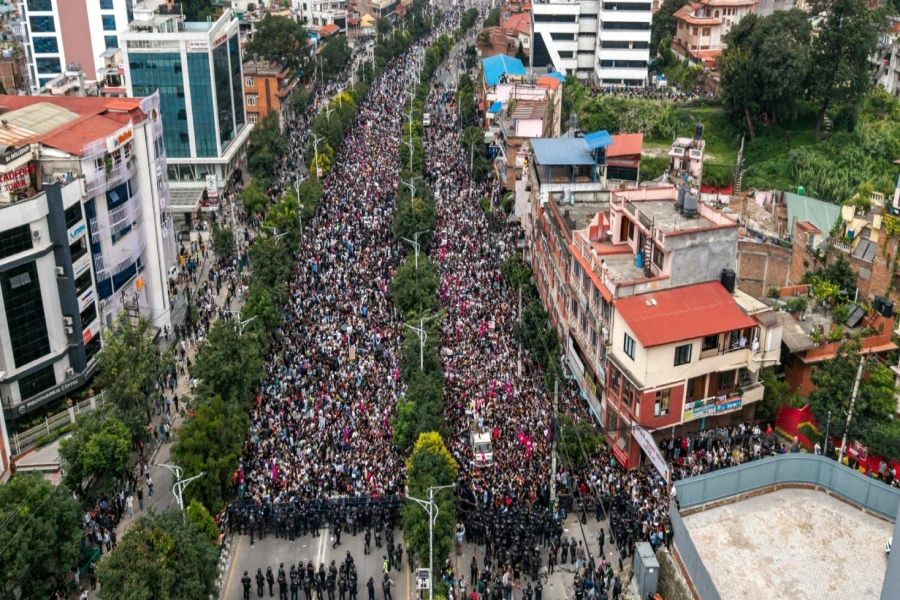KATHMANDU, Sept 12: The government has introduced the Inland Revenue Mobilization Strategy, 2024, outlining a medium-term revenue mobilization plan spanning from Fiscal Year 2024/25 to 2028/29.
According to the Ministry of Finance, this strategy has been developed in coordination with the 16th periodic plan, aiming to reform the country’s tax system and administration. The government believes that this strategy will strike a balance between the revenue mobilization required for economic and social development and the aspirations of the private sector and taxpayers.
Tax reform committee proposes increasing Social Security Tax to...

The Inland Revenue Mobilization Strategy presents a clear structural framework for reforming the country’s tax policy and administration. The primary goals of the strategy are to enhance economic efficiency and foster greater equity, encourage private sector investment, and ensure a stable flow of tax and non-tax revenues. It is also designed to manage the budget deficit while maintaining stability in government funds.
Key objectives of the strategy include increasing revenue mobilization from internal sources to strengthen government finances, promoting voluntary taxpayer compliance, enhancing the risk management capacity of the tax and customs administration, and automating tax and customs systems. Additionally, the strategy focuses on improving inter-governmental and inter-organizational coordination for effective tax policy formulation and implementation. It envisions a progressive tax system that encompasses all income sources.
The strategy emphasizes aligning the tax revenue-to-GDP ratio with the revenue targets set by the 16th five-year plan. The ambitious goal is to raise the revenue-GDP ratio from 18.9 percent in Fiscal Year 2022/23 to 23.5 percent by the end of Fiscal Year 2028/29. During this period, the tax revenue-to-GDP ratio is expected to increase from 16.2 percent to 20.9 percent. The strategy projects a 2 to 4 percent growth in the tax revenue-GDP ratio due to the action plan and revenue improvement measures.
Furthermore, the reform of tax and customs administration is anticipated to contribute an additional 0.1 percent to tax revenue. The strategy aims to reduce the budget deficit-to-GDP ratio from 7.2 percent in Fiscal Year 2022/23 to 6.5 percent by the end of the strategy period.
This strategy serves as a systematic blueprint for reforming and restructuring the country's overall tax policy, administration, governance structure, institutional framework, policy implementation mechanism, and monitoring and evaluation systems.




































